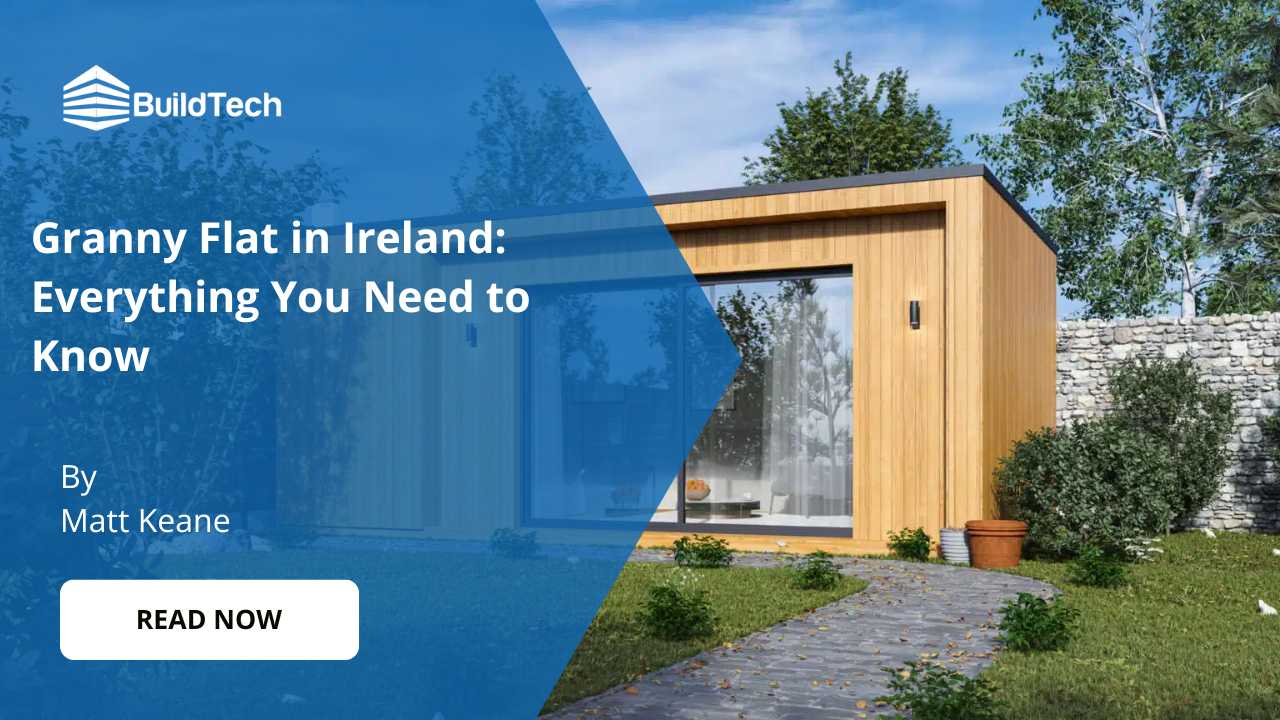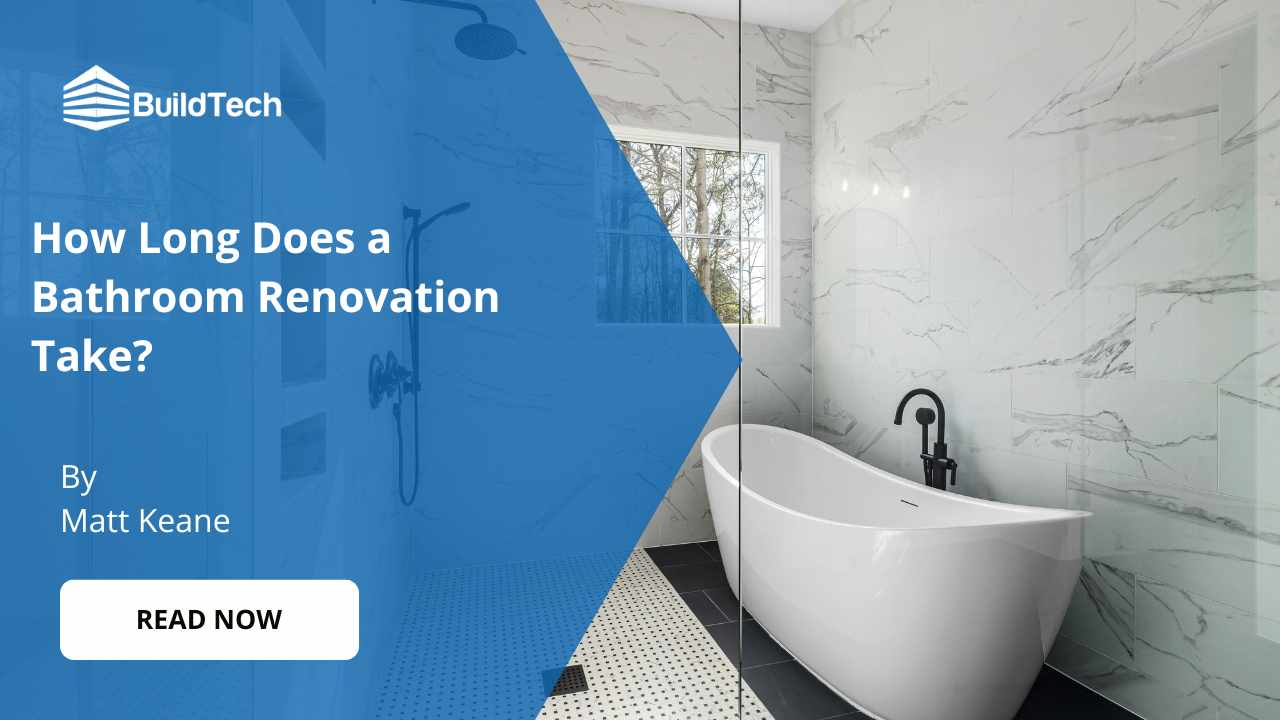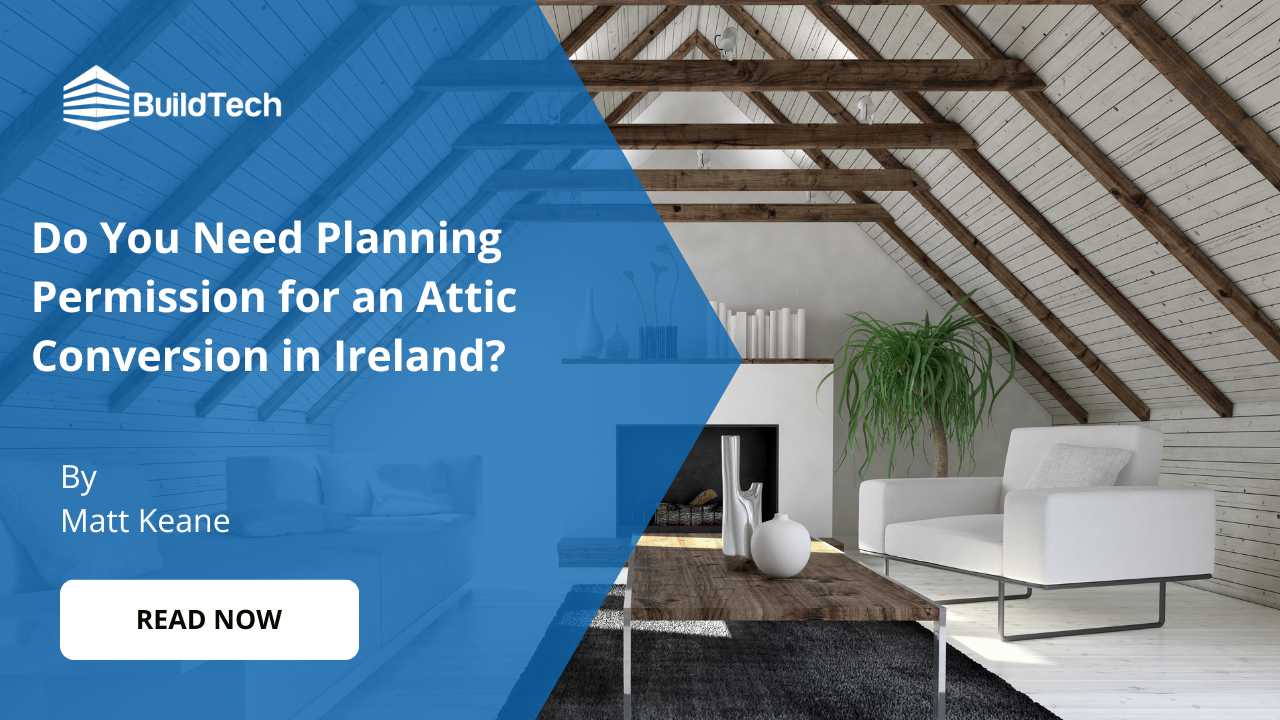If you've been pondering the possibilities of installing solar panels on your flat roof, you're not alone. Many homeowners in Ireland want to know how to navigate around challenges such as potential leakage risks and optimal panel orientation.
So, this article provides a step-by-step guide backed by our extensive research and experience in installing solar panels on various types of roofs, including the tricky flat ones.
Key Takeaways
- Installing solar panels on a flat roof is possible, but there are challenges like finding the right angle for maximum sun exposure and addressing potential leakage risks.
- Factors to consider include cost comparisons with pitched roofs, panel tilt options, potential leakage risks, and regular cleaning requirements.
- To find reputable installers for your flat roof installation, research local companies, obtain quotes from multiple installers, and compare their offerings in terms of cost, experience, warranties, efficiency ratings, and additional services.
- The solar panel installation process on a flat roof involves pre-installation assessments and planning to determine optimal placement and energy needs. Mounting systems and positioning should be carefully considered to maximise sunlight exposure while avoiding shading. Maintenance and monitoring considerations are also important for long-term performance.
Can You Install Solar Panels on a Flat Roof?
Yes, it is possible to install solar panels on a flat roof. However, there are several challenges and considerations that need to be addressed before proceeding with the installation process.
Challenges and considerations
Putting solar panels on a flat roof comes with its own set of trials. One key issue is finding the right angle for the panels. They need to catch as much sun as they can. This means we might have to use extra parts or tools.
Another problem can be water pooling around the base if it rains hard. We must plan well to dodge this issue. It also matters how much weight your roof can bear; safety first! Panels and their frames add more load, so careful checks are needed.
Factors to Consider for Solar Panel Installation on a Flat Roof
Installing solar panels on a flat roof requires careful consideration of factors such as cost, panel angle, leakage risks, and regular cleaning requirements. Read on to find out more about these important considerations.
Tilted vs. non-tilted panels
There are two options for installing solar panels on a flat roof: tilted panels and non-tilted panels. Tilted panels are angled to face the sun directly, which can maximise their energy production.
These panels are installed using mounting equipment that allows for adjustable angles. On the other hand, non-tilted panels are installed flat on the roof surface. While they may not generate as much energy as tilted ones, they can still be effective in harnessing solar power.
The choice between tilted and non-tilted panels depends on factors such as available space and budget constraints. It's important to consult with a professional installer to determine the best option for your specific needs.
Potential leakage risks
Installing solar panels on a flat roof may pose potential leakage risks. It is important to ensure that the installation is done correctly to prevent water from seeping into your home.
The mounting system used should provide a watertight seal and be securely attached to the roof surface. Regular inspections of the roof and solar panel system can help identify any signs of leaks, such as water stains or dampness.
Prompt action should be taken if any issues are detected to avoid further damage and maintain the integrity of your roof. By addressing potential leakage risks, you can enjoy the benefits of solar energy without compromising the safety and condition of your home.
Regular cleaning requirements
Keeping your solar panels clean is essential for maintaining their efficiency and effectiveness. Regular cleaning is necessary to ensure that dirt, dust, leaves, and other debris do not accumulate on the panels' surface.
Cleaning your solar panels can be as simple as spraying them down with water or using a soft brush to gently remove any dirt. It's important to avoid harsh chemicals or abrasive materials when cleaning the panels to prevent damage.
Regularly inspecting your solar panel system for any signs of damage or blockages is also crucial. Look out for cracks, loose connections, or any obstructions that may affect the performance of your panels.
In case you are uncomfortable performing these maintenance tasks yourself, it's best to consult a professional installer who can help with routine inspections and provide expert advice.
Finding Solar Panel Installers for a Flat Roof
To find reputable installers for your flat roof solar panel installation, research local companies and read customer reviews to ensure reliability and quality. Obtain quotes from multiple installers and compare their offerings, including warranties, maintenance plans, and pricing structures.
Researching reputable installers
To ensure a successful solar panel installation on your flat roof, it's crucial to find reputable installers. Look for experienced professionals who specialise in flat roof installations.
You can start by researching online and reading customer reviews to gauge their reputation. Ask for recommendations from friends or neighbours who have had solar panels installed on their roofs.
Obtain quotes from multiple installers and compare the options based on cost, expertise, and customer satisfaction. Don't forget to check if they are accredited by recognised industry organisations.
Obtaining quotes and comparing options
We recommend obtaining quotes from multiple reputable solar panel installers. This will help you compare your options and find the best deal for your flat roof installation.
- Cost: Compare prices from different installers to ensure you get a fair deal. Keep in mind that the cheapest option may not always be the best in terms of quality and reliability.
- Experience: Look for installers who have experience with flat roof installations. They should have a track record of successful projects and positive customer reviews.
- Warranty: Ask about the warranties offered by each installer. A longer warranty period can give you peace of mind, knowing that any potential issues will be covered.
- Efficiency: Inquire about the efficiency ratings of the solar panels they offer. Higher efficiency panels will generate more electricity, leading to greater energy savings over time.
- Additional Services: Some installers may offer additional services, such as maintenance and monitoring packages. Consider these offerings when comparing your options.
Solar Panel Installation Process on a Flat Roof
The solar panel installation process on a flat roof involves thorough pre-installation assessments and planning, followed by the selection of suitable mounting systems and positioning for optimal sun exposure.
The electrical connections and system integration are then carried out, with final inspections and commissioning to ensure everything is functioning correctly. Ongoing maintenance and monitoring considerations are also important for long-term performance.
Pre-installation assessments and planning
Before installing solar panels on your flat roof, it is important to do some assessments and planning. Here are the steps you should take:
- Assess your roof's condition: Make sure your flat roof is in good condition and can support the weight of the solar panels.
- Determine the optimal placement: Consider factors like shade, obstructions, and the sun's path to determine where to place your solar panels for maximum sunlight exposure.
- Calculate energy needs: Determine how much electricity you need to generate with solar panels to meet your household's energy needs.
- Check local regulations: Research any permits or approvals required for installing solar panels on a flat roof in your area.
- Evaluate potential savings: Use a solar panel calculator to estimate the potential cost savings and return on investment from installing solar panels on your flat roof.
Mounting systems and positioning
To install solar panels on a flat roof, there are different mounting systems and positioning options available. Here are some important things to consider:
- Use a mounting system: Solar panels on flat roofs require additional mounting equipment. There are different types of mounting systems available, such as ballasted systems or tilt frames, which help secure the panels in place.
- Position the panels correctly: To maximise sunlight exposure, it's crucial to position the solar panels in the right direction. South-facing is generally considered the best orientation for optimal energy production.
- Consider panel spacing: It's important to leave enough space between the panels to allow for proper airflow. This helps prevent overheating and ensures efficient performance.
- Choose an appropriate tilt angle: While flat roofs don't have natural slopes like pitched roofs, tilting the solar panels at a specific angle can help improve energy generation. The ideal tilt angle depends on factors like location and latitude.
- Ensure no shading: Make sure there are no obstructions, such as nearby buildings or trees, that could cast shadows on the solar panels. Shading can significantly reduce their efficiency and overall energy output.
Electrical connections and system integration
To install solar panels on a flat roof, the electrical connections and system integration are important considerations. Here's what you need to know:
- Solar panels generate direct current (DC) electricity, which needs to be converted into alternating current (AC) electricity that can be used in your home. This conversion is done by an inverter, which is typically installed near your electrical panel.
- The inverter is connected to your electrical panel so that the solar energy generated by the panels can be used to power your home. This allows you to reduce your reliance on grid electricity and save on energy costs.
- During the installation process, electricians will ensure that the wiring from the solar panels to the inverter and electrical panel is properly installed and meets safety standards. They will also make sure that the necessary circuit breakers and disconnect switches are in place.
- Once everything is connected, a final inspection will be carried out to ensure that the system is working correctly and is safely integrated into your electrical system.
Final inspections and commissioning
After the solar panels are installed on your flat roof, there are a few final steps to ensure everything is working properly. Here's what you need to know:
- A professional installer will conduct a final inspection of the solar panel system to make sure it meets all safety and performance standards.
- They will check the electrical connections and ensure that everything is properly connected and functioning.
- The installer will also test the system to confirm that it is generating electricity as expected.
- Once the system passes all inspections, it will be commissioned, meaning it is officially activated and ready to start producing solar power.
- Throughout this process, the installer should provide you with documentation, including warranties and maintenance instructions.
Maintenance and monitoring considerations
To ensure the optimal performance of your solar panels on a flat roof, regular maintenance and monitoring are important. This includes inspecting the panels for any dirt or debris that may be blocking sunlight, as well as checking for any damage or wear.
Cleaning the panels regularly can help remove any accumulated dust or grime and improve their efficiency. It's also essential to monitor your solar system's energy production to identify any issues early on and address them promptly.
By keeping up with maintenance and monitoring, you can maximise the lifespan of your solar panels and ensure they continue generating clean energy effectively.
Conclusion
Installing solar panels on a flat roof is a viable option for homeowners in Ireland. Despite the challenges and considerations, such as potential leakage risks and regular cleaning requirements, it can be an effective way to generate solar power.
By finding reputable installers, considering factors like tilt angles and panel spacing, and following the installation process carefully, homeowners can enjoy the benefits of sustainable energy while making environmental-friendly choices.
So if you have a flat roof and want to harness the power of the sun, installing solar panels is definitely worth exploring!


















